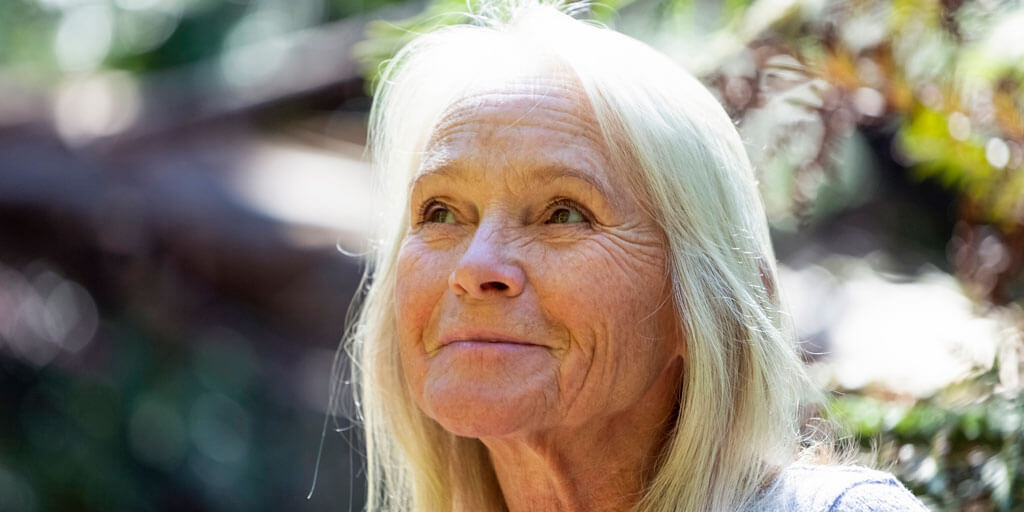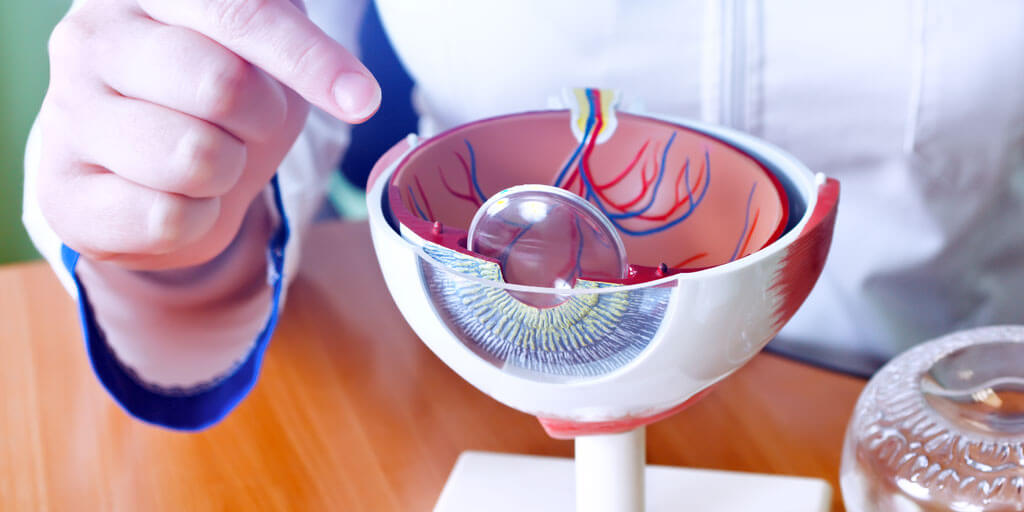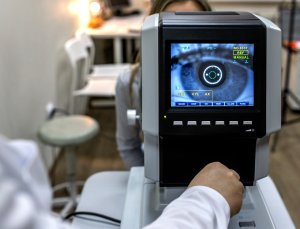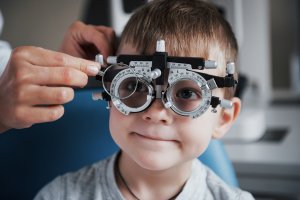
How is a cataract detected?

What type of doctor does Orthoptic Therapy?

What is Exotropia? Accommodative Esotropia? And what do I need to know?

How does the optic nerve get damaged by open-angle glaucoma?

Excess Eyelid Skin (Dermatochalasis) and Droopy Brows (Eyelid Brow Ptosis)

Who is at risk for diabetic retinopathy?

Living with low vision

What eye conditions are treated with oculoplastic cosmetic surgery?

How do I know if I have low vision?

What are the parts of the cornea?

What’s Normal? Some age-related vision changes are completely normal.






